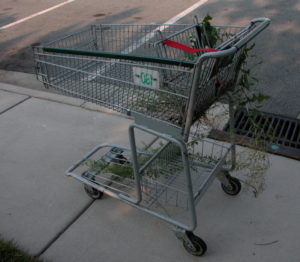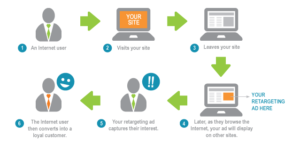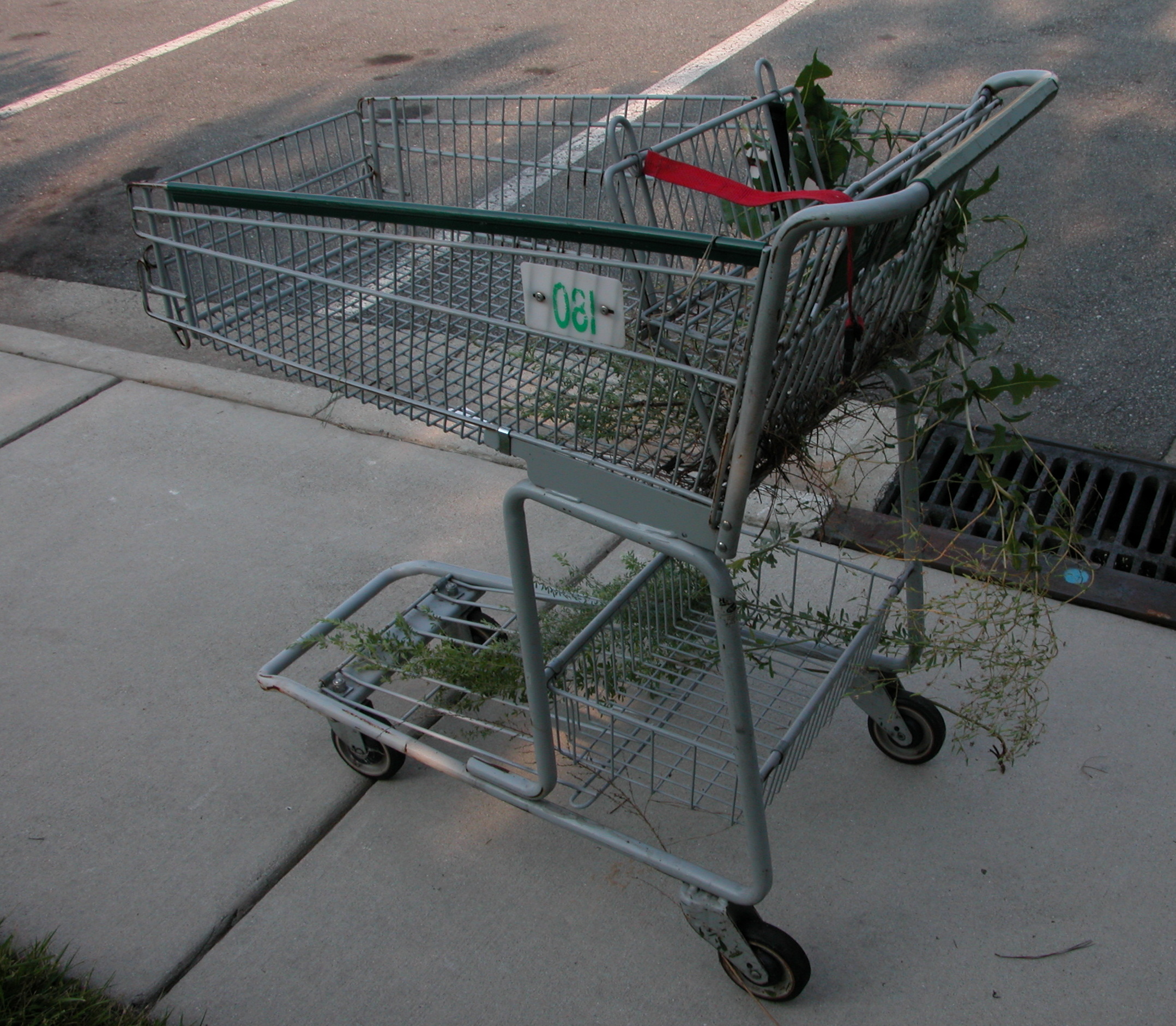[caption id="attachment_541" align="alignleft" width="300"]

Intentional Shopping Cart Abandonment[/caption]There are many reasons online shoppers abandon their carts at checkout - higher than expected shipping costs, total cost is too much, they are no longer interested in the product, and more. One of the most troubling (and growing) reasons, however, is that some consumer shopping experts are telling shoppers that abandoning carts is a way to get better deals.The idea being pushed by these so-called experts is that by placing items in the shopping cart and then abandoning the website, the customers will receive an email with a better offer or deal for the items they intended to purchase.Watch a shopping expert on ABC's Good Morning America share tips for intentional shopping cart abandonment.While this may happen in some cases, intentional shopping cart abandonment doesn't guarantee that a shopper will receive an email with a discount. After all, merchants never want to lose a sale from someone who had an intent to buy, and they also don't want to "train" customers to use such tactics.Consumers are nonetheless becoming more aware of retailers' retargeting efforts. Despite this, consumers' understanding of retargeting (and it's likely most don’'t even know that word) is still basic. Many online shoppers have figured out that ads for products they've viewed or searched for often "follow" them around the Web, but they may not truly grasp the sophistication of this underlying technology.To make matters worse, morning TV talk shows and some media are attempting to capitalize on consumers' desires for bargains and trying to present intentional cart abandonment as an insider tip or trick. While the intention is aimed at helping consumers, setting an expectation for consumers that may not be met can be a disservice to the shopper and the retailer.
Retargeting Benefits
Retargeting works by tracking visitors of a website and displaying the retailer's retargeting ads to them as they visit other sites online. It can also include sending reminder emails to lost shoppers.Retargeting helps convert browsers into buyers and, when done correctly, has many benefits for retailers including:
- Reduced cost-per-impression
- Higher conversion rates
- Improved ROI
- Precise targeting
- Cost effective branding
According to Wishpond, 72 percent of shoppers abandon their carts before completing the purchase. Website visitors who are retargeted with display ads, however, are 70 percent more likely to later convert on the retailer's website.With retargeting, the percentage of users who return and complete the checkout process increases to 26 percent. Without retargeting efforts, only 8 percent of consumers return to complete a transaction.[caption id="attachment_543" align="alignleft" width="300"]

How Retargeting Works, Source: eConsultancy[/caption]"There are countless distractions when you shop online," Rick Gardiner CEO of iAffiliate Management says. "Brand reinforcement is even more important today. Merchant are attempting to break through the noise and deliver their marketing message to the consumer at the right time. The challenge is many online retailers are still trying to figure out the ‘secret sauce’ when it comes to display and retargeting."But there is a fine line between encouraging consumers to make a purchase and "stalking" them online. Many consumers complain that aggressive retargeting can feel creepy. According to Moz, an ideal retargeting campaign shows an ad 7 to 12 times over the course of 30 days.
The Retargeting Mix
Brands and retailers have more in their retargeting arsenals than just sending a discount or coupon via email to customers who have abandoned their carts. Companies can combat intentional cart abandonment with a variety of retargeting tactics.Thomas Lafarge, Product Marketing Manager at Cybba, calls this intentional cart abandonment an attempt to "game the system" and "nothing new". He likens it to people who call their service providers (think cable, mobile phone, credit card vendors) and threaten to cancel in hopes of being offered lower rates.Lafarge explains the real problem is some retailers are not using the right type of incentives. They are also giving too much away. This results in diminished profit margins. Often retailers are retargeting with static offers that remain the same for each customer and abandonment criteria. These can leak out on the internet and be shared on social media. While these coupon/discount offers drive more traffic, often they have expired or don't work for others once shared widely. This results in frustration among consumers and can deter them from returning to a site.Fortunately, Lafarge says retailers can easily prevent that from happening. The current crop of retargeting systems is sophisticated and flexible. Retargeting can be configured in a variety of ways to work for individual merchants.Lafarge suggests retargeting with a code that is unique to the recipient, which avoids the issue of promocode leakage. In addition, retailers can set criteria filters for a basket value. This gives shoppers that intend to spend more a special offer at checkout. According to Lafarge, there are at least 100 different data points within the sales funnel that identify a shopper's intent.
More Than Just Discounts
Retailers can also identify which customers are new and which are returning. Based on those identifiers, they can present different offers.And the offers don'’t have to be discounts. Retailers can present different promotions in a variety of calls-to-action to the consumer including:
- Free shipping
- A reminder of what products they viewed on the site
- A notice of limited availability of the viewed product
- Product reviews
- Product recommendations/similar products
Additionally, it's crucial to remember that retargeting is not a set-it-and-forget-it activity. Lafarge is emphatic about retailers performing ongoing A/B testing to determine which offers work best.Lafarge also suggests that instead of using retargeting to offer discounts, retailers can group sale items together and promote them from their home page. This gives shoppers the discounts up front. He notes clients who use this tactic see higher conversions."The idea is to streamline everything and get (consumers) through the buying process while they are on the site," he says.All in all, keeping customers engaged is feasible, retargeting is a great way to bring back consumers who abandoned. It takes time and thoughtful consideration to setup retargeting, as well as ongoing monitoring, testing, and oversight. For those savvy retailers willing to make the investment, the payoff is worth it.









